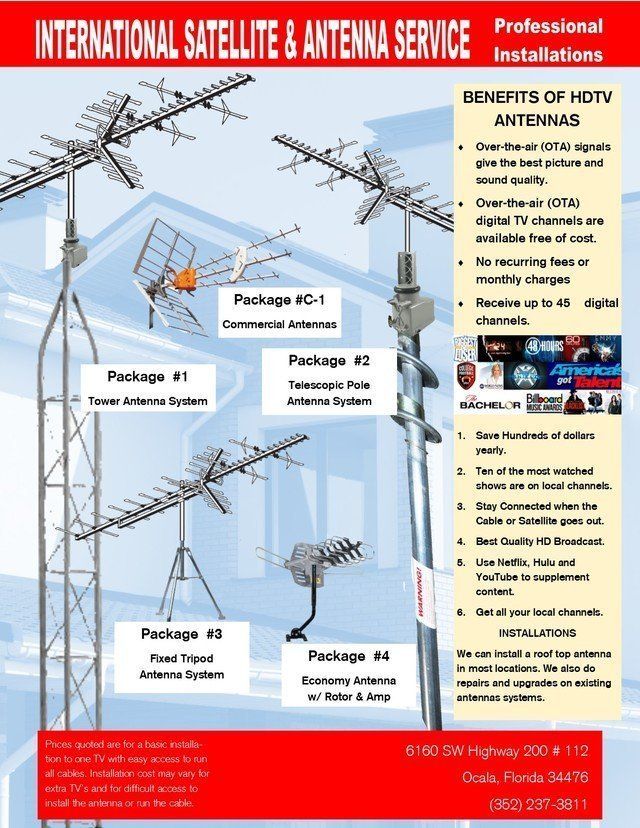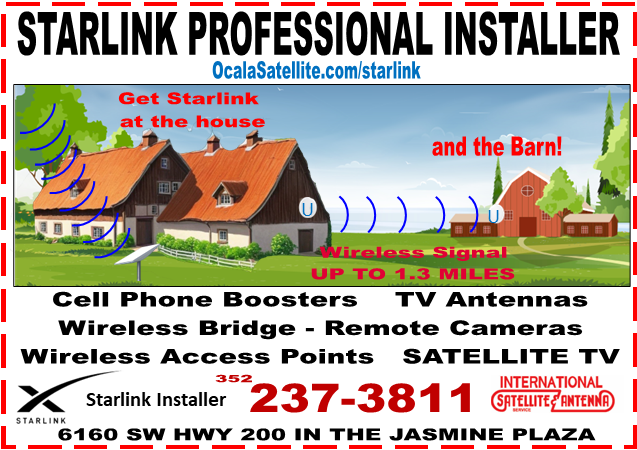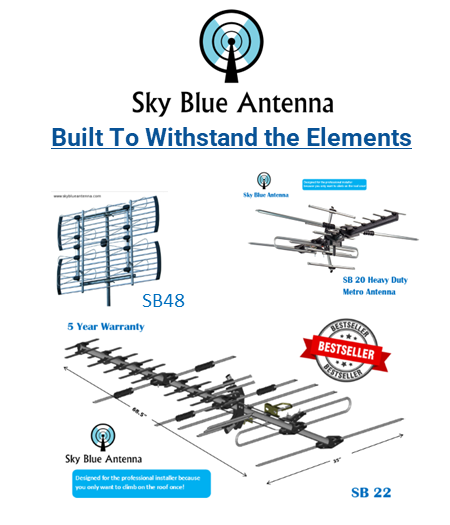Will it realy get signals from 100 miles away?
The Truth About A 100 Mile Antenna!
When shopping for a HDTV antenna, you want to be sure you get one that will receive all the channels that are available in your local area.
Do you need a 100 Mile Antenna? A 150 Mile Antenna or just a 70 Mile Antenna?
The Truth About A 100 Mile Antenna!
Well the truth is, antennas aren’t rated by miles!
A slick electronics salesman back in the 60s put up an antenna and noticed that it would receive channels from 50 miles in one direction, and 50 miles in another direction. It was a great marketing tool and the 100 Mile Antenna was born. Since then, just about every con and huckster in the industry has taken advantage of the consumers lack of knowledge, and sold everything from a set of rabbit ears that look like a satellite dish, to some really fancy, low cost antennas with built in amplifiers and rotors claiming that they will get signals from up to 175 miles away.
Don’t get me wrong here. I sell and use some of these low-cost antennas, and they do work. But, I always make sure that my customers understand what they are buying, and try to set reasonable expectations for what they may receive, and how long the product may last. In most cases, you get what you pay for in the long run.
Antennas are rated by gain, not miles and the best antenna for your location may not be the one with the highest gain.
The distance the signal reaches, in mostly determined by the power of the signal coming from the transmission tower. Many times, we hear radio stations bragging about the power of their signal; “100,000 Watt of Power”! This, along with terrestrial and atmospheric conditions will determine the distance the TV signal reaches.
The FCC regulates the television by Designated Market Areas (DMAs). The networks (ABC, NBC, CBS and the likes) have a designated area of service, and usually provide an adequate signal to cover these areas using a single tower, or multiple towers. In some areas, a television station may be required to block their signals from encroaching into an adjacent markets signals.
There are also Low Power Television Stations that may not cover an area as large as the major networks. There are also many new channels, like ME TV, THIS Tv and others that are being added to the digital channel lineup, and are being transmitted alongside the major networks signals
In summary, if you are interested in learning more about the principals of antenna gain, go to one of the many HAM Radio Antenna sites on the web. These guys deal with signal gain every day as they try to reach out to the world with their signals, but if you are just looking to get the best television signal for your money, I recommend you talk to your local HDTV antenna dealer. After all, he has been installing antennas in your area and should have the greatest knowledge about what works, where, even if you live 100 miles from the TV station tower!
The above are just my opinions, and I am sure that there are many out there that have a greater understanding of how antenna gain affects signal reception; but with 30 plus years of installing and repairing antennas, this is some of the information I have relied on when selecting antennas for my customers. John Pearce, Founder of International Satellite & Antenna Service, Ocala, Florida.




